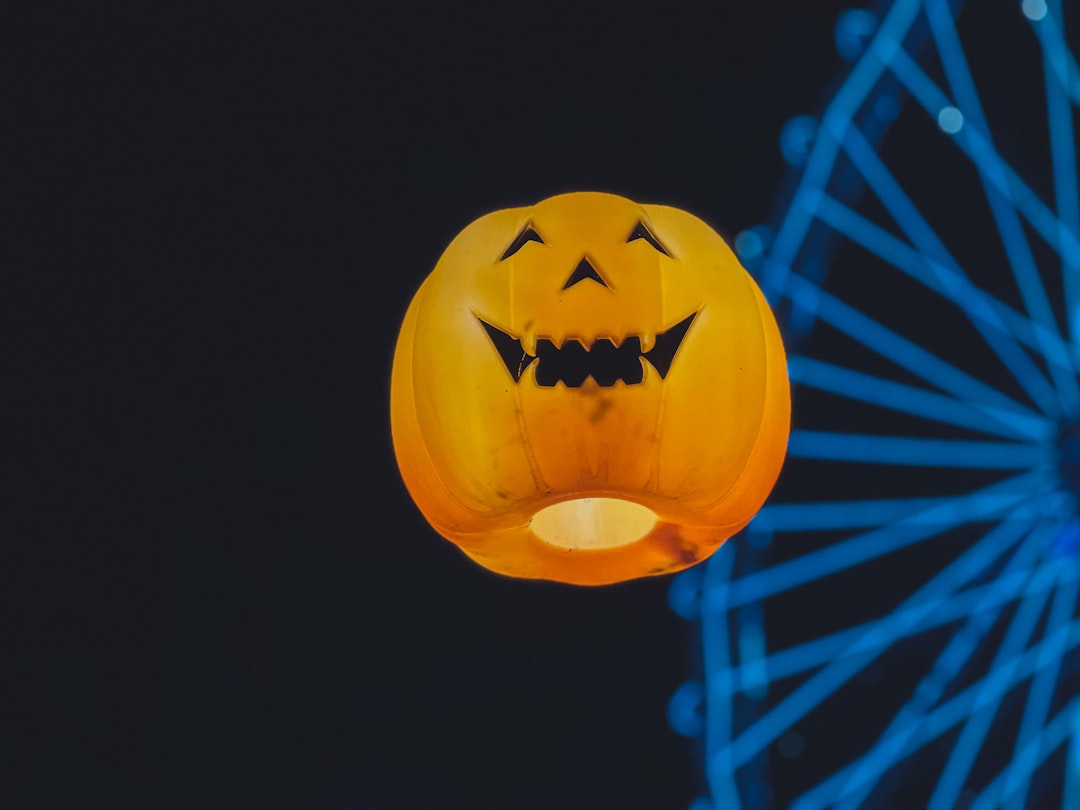In an increasingly digital marketplace, companies are always looking for ways to remain relevant, engaging, and connected to their audiences. One effective yet often overlooked strategy is the use of seasonal logo variants. By temporarily adapting their visual identity for specific seasons or holidays, brands can express creativity, align with consumer sentiment, and significantly boost engagement and recognition. This article thoroughly explores the concept and business implications of adapting logos for Halloween, Black Friday, and the broader holiday season.
TLDR (Too Long; Didn’t Read)
Seasonal logo variants allow brands to temporarily adapt their logos to celebrate events like Halloween, Black Friday, and the holiday season. These changes not only attract attention but also demonstrate cultural awareness and emotional intelligence. By creating festive and variant logos, companies can increase engagement, improve brand recall, and enhance short-term marketing results. However, these adaptations must be executed thoughtfully to remain consistent with brand identity.
Why Seasonal Logo Variants Matter
Logos serve as a cornerstone of brand identity—a familiar symbol that consumers associate with trust, value, and consistency. However, the strategic modification of logos during certain seasons can produce several clear business benefits:
- Increased Engagement: People are more likely to notice and interact with a logo that fits the current occasion.
- Brand Relevance: Updating a logo to reflect a holiday indicates cultural awareness and agility.
- Emotional Connectivity: A playful Halloween-themed logo or a cozy holiday motif can evoke nostalgia and positive feelings.
- Marketing Integration: Seasonal logos can complement larger marketing campaigns, creating visual synergy across media.
Halloween Logo Variants
Halloween presents a unique opportunity for brands to showcase creativity. A temporary logo modification with spooky elements—such as pumpkins, bats, ghosts, or cobwebs—can signal that a brand is participating in the festive spirit. These changes are especially effective on digital platforms where visual updates are quick and low-cost.
Brands like Google and Snapchat have famously adapted their logos for Halloween with dramatic and imaginative designs. These customized logos often appear for a few days surrounding October 31st and are accompanied by themed promotions or app features.

However, Halloween logos should not appear cartoonish unless the brand’s identity already supports that tone. For professional or luxury brands, subtle accents or color changes (e.g., orange and black) can offer seasonal flair without compromising integrity.
Design Considerations for Halloween Logos
- Color Palette: Traditional Halloween colors include black, orange, deep purple, and muted greens.
- Elements: Incorporate thematic icons like jack-o’-lanterns, haunted houses, or minimal skeleton effects.
- Balance: Ensure the modified logo remains recognizable and adheres to brand guidelines.
Black Friday Logo Variants
Black Friday marks the start of the most lucrative retail season of the year. Unlike Halloween, which is playful, Black Friday logos tend to project urgency, exclusivity, and commercial appeal. As such, design philosophy shifts from festive to high-impact marketing.
Many brands use logo adaptations to indicate aggressive sales strategies. This may include integrating the words “Black Friday” directly into the logo or applying bold, high-contrast colors like black, red, and white. Retail and e-commerce brands benefit most from this approach, as it can drive conversions by aligning visual identity with promotional objectives.
Effective Techniques for Black Friday Logo Design
- Typography Impact: Use condensed, bold fonts to convey urgency and authority.
- Limited Palette: Black and red palettes tend to evoke urgency and exclusivity.
- Call-to-Action Integration: Logos can include short phrases like “Sale Starts Now” or “Limited Time.”

One caveat: these aggressive visual tactics should be temporary and removed immediately after Black Friday weekend to avoid diminishing trust or confusing customers.
Holiday Season Logo Variants
The final stretch of the year, typically from late November through December, includes numerous holidays—from Christmas and Hanukkah to New Year’s Eve. This time presents perhaps the widest range of emotions and cultural nuances a logo variant must capture. A well-designed holiday logo can invoke warmth, joy, family, and celebration.
Brands often incorporate snowflakes, stars, holiday lights, and trees into their logos during this period. Multinational brands must also be conscious of cultural diversity and may opt for inclusive themes (e.g., neutral festive symbols) rather than religious imagery unless they serve a specific demographic.
Holiday Logo Design Best Practices
- Subtlety: Embellishments should enhance, not overpower, the original logo.
- Color Themes: Icy blues, golds, whites, and reds are commonly used in holiday designs.
- Animation (Optional): Animated elements like falling snow or twinkling stars can engage users on digital platforms.
- Consistency: Integrate the holiday logo across all customer touchpoints—website, social media, email headers, etc.

Global companies such as Coca-Cola, Starbucks, and FedEx have successfully employed seasonal logos that resonate emotionally across cultures while maintaining strong brand recognition.
Risks and Pitfalls to Avoid
While seasonal logos can be effective, improper execution carries risk. Several common mistakes to avoid include:
- Overcomplication: A seasonal logo that’s too busy or detailed may become unreadable at small sizes.
- Cultural Insensitivity: Avoid themes or references that could alienate parts of your audience.
- Brand Inconsistency: Radical departures from your core design system can erode brand equity.
- Poor Timing: Launching a holiday logo too early or removing it too late could confuse your audience or appear disingenuous.
Technical and Operational Considerations
Designing seasonal logos requires more than just creative spark; the process should be integrated into yearly branding plans. Here are a few operational aspects to consider:
- Version Control: Maintain copies of all seasonal variants within your digital asset library.
- Scalability: Ensure that logos render well across different devices and media.
- Accessibility: Preserve legibility for color-blind users and those with visual impairments.
- Approval Workflow: Set an internal workflow for concept approval, reviews, and revisions.
Final Thoughts
Seasonal logo variants represent a strategic opportunity for brand differentiation and consumer engagement. Whether it’s the eerie charm of Halloween, the urgency of Black Friday, or the sentimental touch of the holidays, temporary logo tweaks can contribute significantly to marketing success. However, this creative process must always align with brand standards, cultural contexts, and audience expectations.
Companies that understand the balance between innovation and brand consistency will be better positioned to not only thrive during high-impact seasons, but also to leave lasting impressions.




